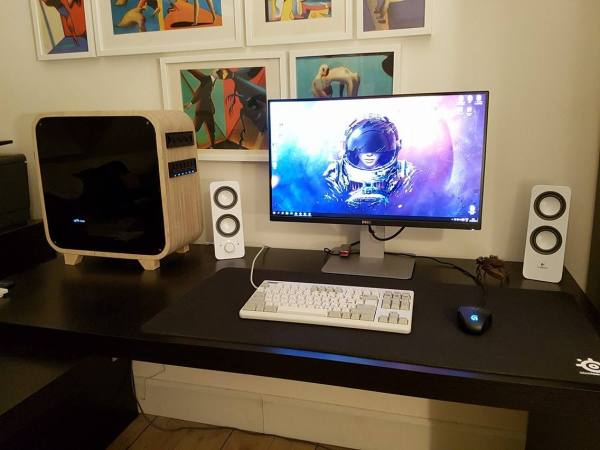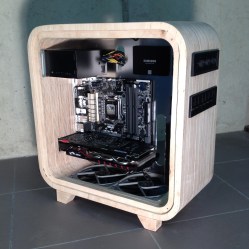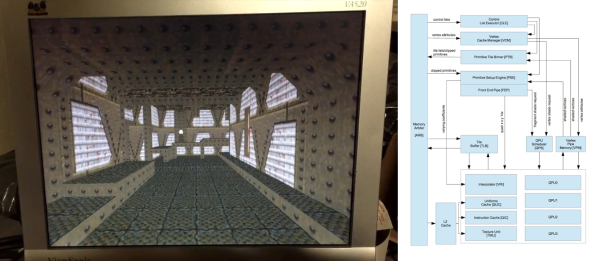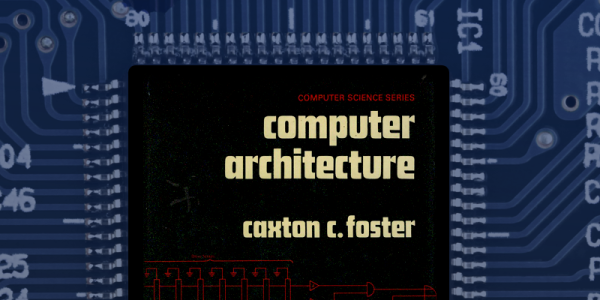What happens if the slick user interface and tight iOS integration of your Apple Watch leave you wanting more? A real operating system, from the days when men were men and computers were big grey boxes!
[Nick Lee] solved this unexpected problem with his Watch by getting a working copy of Windows 95 to run on it. On paper it shouldn’t be at all difficult, with a 520 MHz ARM, 512 MB of RAM, and 8GB of storage you might think that it would eclipse the quick 486s and low-end Pentiums we ran ’95 on back in the day with ease. But of course, the ability to run aged Redmond operating systems on a Watch was probably not at the top of the Apple dev team’s feature list, so [Nick] had to jump through quite a few hoops to achieve it.
As you might expect, the ’95 installation isn’t running directly on the Watch. In the absence of an x86 processor his complex dev process involved getting the Bochs x86 emulator to compile for the Watch, and then giving that a ’95 image to boot. The result is comically slow, with a 1-hour boot time and a little motor attached to the Watch to vibrate it and stop it going to sleep. It’s not in any way a useful exercise, after all who’d really want to use ’95 on a Watch? Internet Explorer 3 and The Microsoft Network, how handy! But it’s one of those “because you can” exercises, and we applaud [Nick] for making it happen. If you want to give it a try, his Bochs-forWatchOS code is on Github.
The video below the break shows the process of booting the ’95 Watch, opening the Start Menu, and running one of the card games. One can almost feel the lengthening shadows outside as it goes.


















